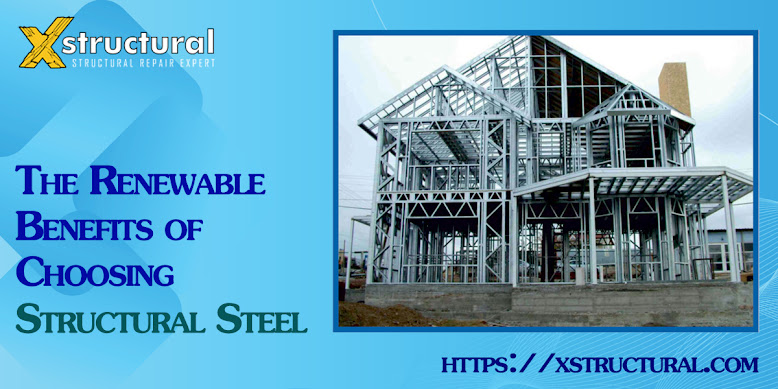What Are The Types of Termite Damage?
Termites may appear to be a minor issue until you are confronted with them. Termites are the most common problem for homeowners across the country, with over 40 species found in the country. Termite damage replacement South Boston repair can be expensive if the infestation is not identified and eliminated quickly.
All of these termites cause property damage, but there is a distinction in the pattern of the damage. Professional termite exterminators can track the termite mound by following the damage, which leads to the identification of the termite species. Identifying the type of damage and the termites that are causing it can aid in the selection of an appropriate termite treatment method.
Types of Termite Damage
Termites consume anything containing cellulose, causing significant damage to properties, particularly those constructed primarily of wood. Leaving a termite infestation unidentified can have disastrous consequences for your property. Here are some examples of termite damage that can occur at various stages of termite infestation.
- Drywall Damage
Dry walls are typically made of plaster panels covered in paper. You may notice pinprick-sized holes in the drywall and possibly in the ceilings. Termites use these holes to expel their waste. As a result, small wood pellet-like substances near the walls should be considered a possible sign of termite activity in your home.
Drywall termites are primarily responsible for drywall damage. Because these termites typically work from within the walls, they do not leave visible evidence. If you notice bubbling or peeling paint, consider it an early warning sign. If the infestation is not treated, veneer cracks and maze-like tunnels on the walls and floorboards will appear.
- Structural Damage
Termites prefer wood, but they can also eat through plaster, metal siding, and other materials. While any type of termite damage is undesirable, structural damage is one that homeowners should avoid at all costs.
Termites consume anything made of wood, including important structures such as support beams, columns, and foundations. This can easily jeopardize the structural support contractors Boston integrity of your home, and repairing it can be expensive. A home with structural damage has a lower resale value.
- Decaying Wood
If you have a warehouse or a place where you store unused wood, you may notice that the wood is decaying. This could be an indication of a damp wood termite infestation.
These termites prefer moist environments and are drawn to wet wood. Damp wood termite activity is most commonly found in piles of leaves, wooden logs, and tree trunks. If you have a lawn or a garden, you should clean it on a regular basis and get rid of any unused wood. If necessary, keep them in a dry place.
- Damage To Furniture
Even houses made of materials other than wood have wooden furniture. Termites frequently attack furniture and can quickly spread throughout the property.
If you hear a hollow sound and see tiny holes in your furniture after knocking on it, it is time to schedule a termite inspection.
Also read about, Basement Beams Guide: How to Replace Them
Signs of Termite Activity
Other signs of termite activity on your property that you should be aware of are as follows. These are some examples:
- Tubes for mud
- Wings that were discarded
- Termites swarming
- Termite excrement
- Small gaps in the walls and furniture
- Laminate tile curling
- sagging walls
- The presence of water damage
- Moldy or mildew odor
- Tunnels in the woods that resemble a maze
XStructural
It’s best if you keep an eye out for termite infestations on your property. However, finding them is only the beginning of the process. With our assistance, you can get rid of termites on your property. using steel. XStructural would appreciate the opportunity to learn about your construction plans and discuss how we can help you with your project. Call us on +1-617-304-1462 or email us via info@xstructural.com.
Reference url, https://bit.ly/3EhOiL9



Comments
Post a Comment